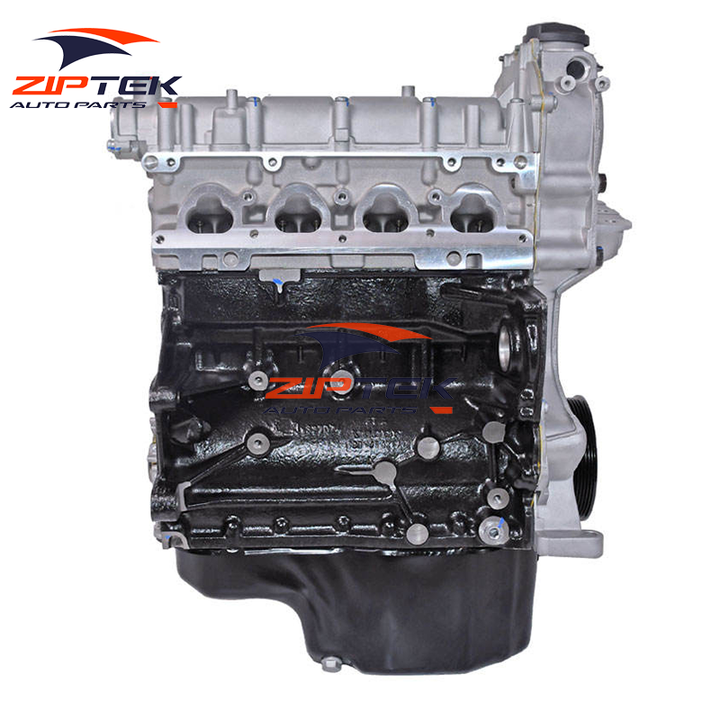Exactly How a Clp Engine Can Improve Performance in Various Industries
The advent of CLP engines notes a considerable shift in functional efficiency throughout various markets, driven by their ability to enhance fuel consumption and lessen downtime. Industries such as manufacturing and logistics stand to get considerably from their robust layout and constant power result, which promise to simplify operations and improve performance. As organizations significantly prioritize sustainability together with performance, the function of CLP engines ends up being also much more crucial. What continues to be to be seen is how these improvements will certainly shape the future landscape of industrial procedures and their influence on wider economic patterns (clp engine).
Summary of CLP Engines
CLP engines, or Continuous Fluid Propellant engines, stand for a substantial innovation in propulsion modern technology, specifically for area applications. These engines use a continuous feed system that enables the continual expulsion of propellant, causing boosted effectiveness and performance contrasted to standard solid or hybrid propulsion systems. By maintaining a consistent flow of liquid propellant, CLP engines can achieve a lot more specific thrust control, which is critical for steering spacecraft in different mission circumstances.
The style of CLP engines integrates innovative materials and ingenious fuel monitoring systems. clp engine. This leads to reduced weight and raised dependability, important variables for long-duration area missions. The continual operation decreases the danger of burning instability, a typical obstacle in conventional rocket engines.

Advantages in Production
The production of Continual Fluid Propellant (CLP) engines offers numerous significant benefits that improve both effectiveness and cost-effectiveness. One of the primary benefits is the structured production process, which reduces the intricacy connected with typical propulsion systems. By making use of fluid propellant, producers can achieve greater accuracy in engine efficiency, leading to maximized power outcome and reduced waste.
Additionally, CLP engines promote a greater degree of modularity, allowing for less complicated combination right into different manufacturing lines. This adaptability can significantly decrease lead times and enhance total operational flexibility. Making use of CLP innovation also often tends to reduce the need for extensive upkeep due to less moving components, which translates right into decreased downtime and operational expenses.

Applications in Logistics
Leveraging Continuous Liquid Propellant (CLP) engines in logistics offers substantial advantages in operational efficiency and reliability. These engines provide a durable remedy for numerous transport demands, making it possible for the seamless movement of goods across vast distances. The fundamental design of CLP engines enables consistent power output, which translates right into smoother and extra foreseeable transport routines.
One of the vital applications of CLP engines in logistics is in heavy-duty products transportation, where they can drive both ground and airborne automobiles. Their capability to preserve high performance under varying lots conditions makes certain that shipment timelines are fulfilled, consequently boosting client fulfillment. Furthermore, CLP engines can be integrated right into automated logistics systems, promoting real-time monitoring and maximizing course planning.
Moreover, the resilience of CLP engines reduces upkeep downtime, enabling logistics companies to optimize their functional capabilities. This is look at this site especially advantageous in warehousing operations, where efficiency in managing and transporting products is vital. As logistics remains to progress, the integration of CLP engines stands for a forward-thinking method that not only improves efficiency yet also sustains the industry's growing needs for dependability and rate.
Effect on Power Efficiency
Just How do Continuous Liquid Propellant (CLP) engines improve power efficiency in transport? CLP engines utilize a consistent circulation of liquid fuel, maximizing combustion processes and keeping a stable thrust result. This style minimizes energy losses linked with traditional burning engines, where gas delivery can vary and cause inefficiencies.
The constant procedure of CLP engines enables a more efficient thermal cycle, leading to greater specific impulse compared to traditional engines. clp engine. This converts to lowered fuel consumption for the exact same amount of job done, considerably reducing functional prices throughout numerous transport industries, including air travel and maritime sectors
In addition, the capacity of CLP engines to keep optimum performance under varying load conditions reduces the need for regular acceleration and deceleration, additionally boosting fuel efficiency. Improved energy efficiency not only adds to cost financial savings yet also leads to lower greenhouse gas emissions, lining up with global sustainability goals.
Future Trends and Innovations
Arising advancements in Continual Liquid Propellant (CLP) engine innovation guarantee to transform the landscape of transportation efficiency and sustainability. As industries pivot towards greener choices, CLP engines stand at the leading edge, integrating innovative materials and layout techniques that boost performance while decreasing ecological effect.
One of one of the most encouraging patterns is the adoption of crossbreed systems that integrate CLP engines with renewable resource sources. This harmony can enhance fuel intake and minimize discharges, aligning with worldwide sustainability goals. Innovations in computational fluid characteristics (CFD) are helping with the design of even more aerodynamically efficient engines, leading to minimized drag and improved gas efficiency.
In addition, the advancement of clever tracking systems is readied to enhance operational effectiveness. These systems leverage information analytics and IoT modern technology to enhance engine efficiency in real-time, guaranteeing that the engines run within their most efficient specifications.
As study remains to check out different propellant formulations-- such as biofuels and artificial gas-- the future of CLP engines looks appealing. By taking advantage of these developments, markets can not just improve their effectiveness yet also add significantly to a cleaner, a lot more lasting future in transport.
Conclusion
In verdict, CLP engines stand for a substantial improvement in effectiveness throughout multiple industries. The integration of advanced products and less relocating parts reduces maintenance needs, while placement with sustainability objectives settings CLP engines as a pivotal More Info innovation for the future.